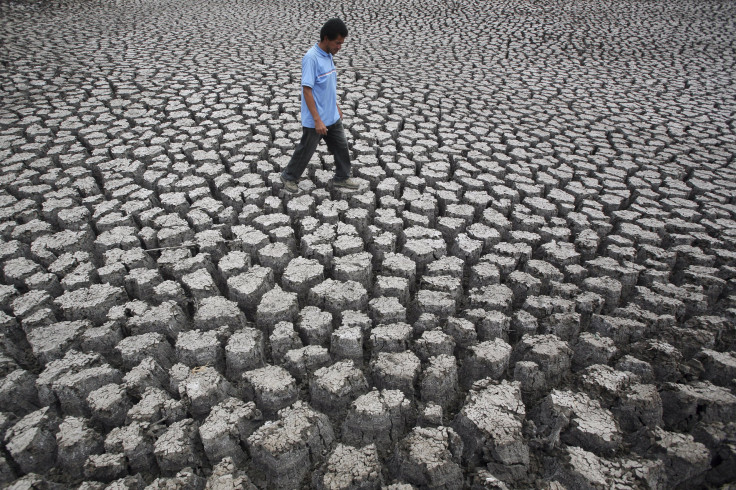Severe El Niño Weather To ‘Double’ As Climate Change Continues To Warm Planet, Study Finds

The worst of El Niño, the infamous weather pattern that brings abnormal flooding and drought to many parts of the world, is yet to come. According to a new study that looks at the effects of global warming on El Niño, extreme El Niño events are likely to double this century.
The study, published in the journal Nature Climate Change, pools together data from 20 climate models to project the impact current rates of global greenhouse emissions will have on El Niño. Researchers found that while the frequency of El Niño events would stay the same, the occurrence of dangerous El Niños would double. Scientists believe the most powerful El Niños will occur once every 10 years throughout the rest of the century, instead of once every 20 years.
“The question of how global warming will change the frequency of extreme El Niño events has challenged scientists for more than 20 years,” co-author Dr. Mike McPhaden of the NOAA Pacific Marine Environmental Laboratory said in a statement. “This research is the first comprehensive examination of the issue to produce robust and convincing results.”
El Niño occurs when ocean temperatures off the western coast of South America become warmer than normal, causing climate changes across the Pacific Ocean. These shifts in ocean temperature occur every three to seven years, and increase the likelihood of warm and dry conditions in the Pacific Northwest, heavy rain in California, bushfires in Australia and wet and cool weather in the Southeast, among several changes in global weather patterns.
Stronger El Niños occur when sea surface temperatures exceed 28 degrees Celsius, or 82 degrees Fahrenheit, causing a massive “reorganization” of rainfall across the globe. Over the past 60 years, there have been five major El Niño events. The last extreme El Niño occurred 1997 and 1998. It killed an estimated 23,000 people and caused roughly $35 billion in damage.
Climate change experts conclude that the eastern Pacific Ocean is warming faster than the western Pacific Ocean, and this difference in warming will likely cause bigger disruptions in rainfall patterns.
“The increased frequency [in El Niño events] arises from a projected surface warming over the eastern equatorial Pacific that occurs faster than in the surrounding ocean waters, facilitating more occurrences of atmospheric convection in the eastern equatorial region,” researchers wrote.
"This latest research based on rainfall patterns suggests that extreme El Nino events are likely to double in frequency as the world warms, leading to direct impacts on extreme weather events worldwide," lead author Wenju Cai with the Commonwealth Scientific and Industrial Research Organization, Australia's national science agency, said in a statement.
Previous research on the effect climate change has on El Niño has pointed to more frequent occurrences of the weather pattern. A July 2013 study from the International Pacific Research Center at the University of Hawaii concluded that El Niño was unusually active in the latter part of the 20th century because of climate change.
Another study published in January of last year showed a 20 percent increase in El Nino intensity during the past 100 years, however it did not point to human greenhouse gas emissions as the cause.
© Copyright IBTimes 2024. All rights reserved.





















